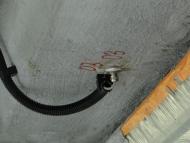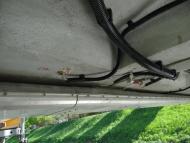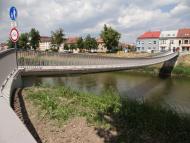Topic
Corrosion can be detected and predicted. Experts from FCE BUT develop new technology for bridge structures
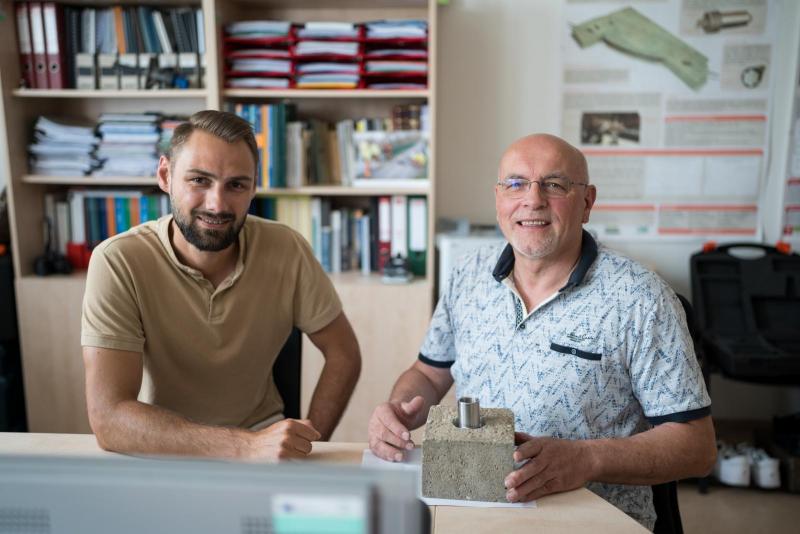
Bridge collapses are rare, but when they do occur, the consequences can be tragic – such as the collapse of a motorway bridge in Genoa, Italy, where 43 people died five years ago. The cause of such accidents is usually corrosion of the bridge structure. A team of FCE experts at the AdMaS research centre has now developed a device for mounting a sensor, allowing the monitoring of properties of injection mortar in bridge structures. It can not only detect but also predict corrosion years in advance.
The Genoa bridge belonged to the so-called prestressed bridges, of which there are about 2,000 in the Czech Republic. They mostly date back to the 50s to 70s and are found on motorways and first, second and third class roads. The internal structure of these types of bridges is formed by so-called prestressing reinforcement, specifically cables made of hardened steel that can be tensioned, providing pressure reserves in the concrete structure.
"In this type of bridge, the key is the condition of the internal prestressing reinforcement, which needs to be properly protected by applied injection mortar. If the reinforcement is attacked by corrosion, it breaks under the prestressing force, leading to uncontrolled collapse," explains the head of the research team Ladislav Klusáček from FCE BUT. In addition to the Genoa tragedy, he also mentions the collapse of a footbridge over the Vltava River in Prague's Troja.
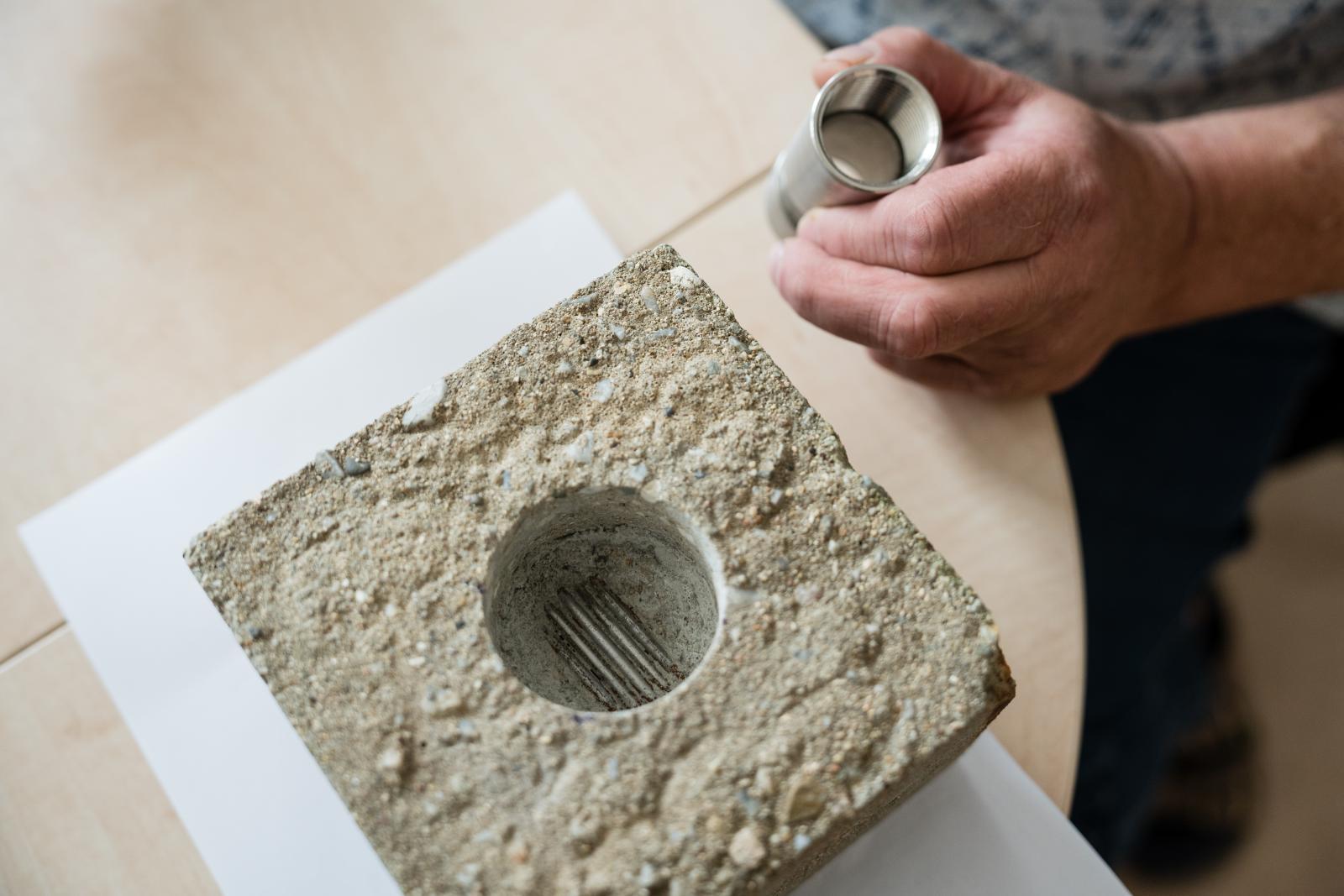
"We were taught in school that bridges are built to last 100 years. But it's not true; some bridges are in critical condition after only 30 or 40 years. The cause is poorly executed construction, increasing traffic, and significant salting of roads, which causes chloride leakage into the structure and uncontrolled corrosion of cables. This leads to a reduction in the bridge's load-bearing capacity or the collapse of the entire structure," he describes.
Therefore, bridges undergo strict inspections approximately every two years – most often using semi-destructive drilling diagnostics, which researchers from BUT have been developing for the past 8 years. They drill several holes from the bottom of the bridge beam directly toward the prestressing cables. Several camera-equipped probes are then inserted through the 40-80 mm deep holes to take detailed pictures of the current condition.
"If we find that the cables are still surrounded by dry injection mortar, we hermetically seal the entire hole again. When evaluating the structure, we rely on other indicators, such as deformation or vibration rates. If everything makes sense, we can assess the bridge's condition," explains Klusáček the essence of the diagnostic method, which is one of the few that provides reliable and accurate data.
However, its disadvantage is the time, organisational and financial demands. Moreover, each drilling slightly disrupts the bridge's structure. "That's why we came up with the idea that we could use the painstakingly drilled holes for diagnostic probes. We developed a device with a moisture sensor that we permanently insert into the hole before sealing it. We can continue to collect data on the moisture condition of the structure without having to repeatedly drill the bridge in the future," adds the researcher.
While the human eye or an image can only detect corrosion that has occurred, sensors are much more sensitive. They can detect increasing moisture in percentages, thus alerting to the risk of corrosion several years in advance. "The moisture level in the bridge structure should be around 4%. If the sensor data shows that the moisture is starting to rise slightly, it signals the need to focus more on the bridge and continually monitor its condition," Klusáček describes.
The utility model of the device for mounting a sensor to monitor the properties of injection mortar was developed within the framework of the TACR project. It will efficiently categorise bridges that need to be demolished and those that will last for decades. The technology is not only efficient but also relatively inexpensive.
"Prices for individual sensors range in the thousands of crowns. The more demanding question is the technical-organisational implementation – ensuring that bridges are correctly equipped with sensors, monitored, and data continuously evaluated. However, we would like to incorporate our solution in binding technological regulations. Ideally, sensors would then be installed not only on old but also entirely new bridges, which also have no detection of increasing moisture" Klusáček outlines future plans.
FCE experts test energy piles to ensure structural stability and cooling of buildings
FCE researchers' timeless natural wastewater is one of the best construction in the region
Microplastics in drinking water will increase
Sustainable energy projects are not a luxury. They can save and make money
Surveyors from BUT save cultural monuments
